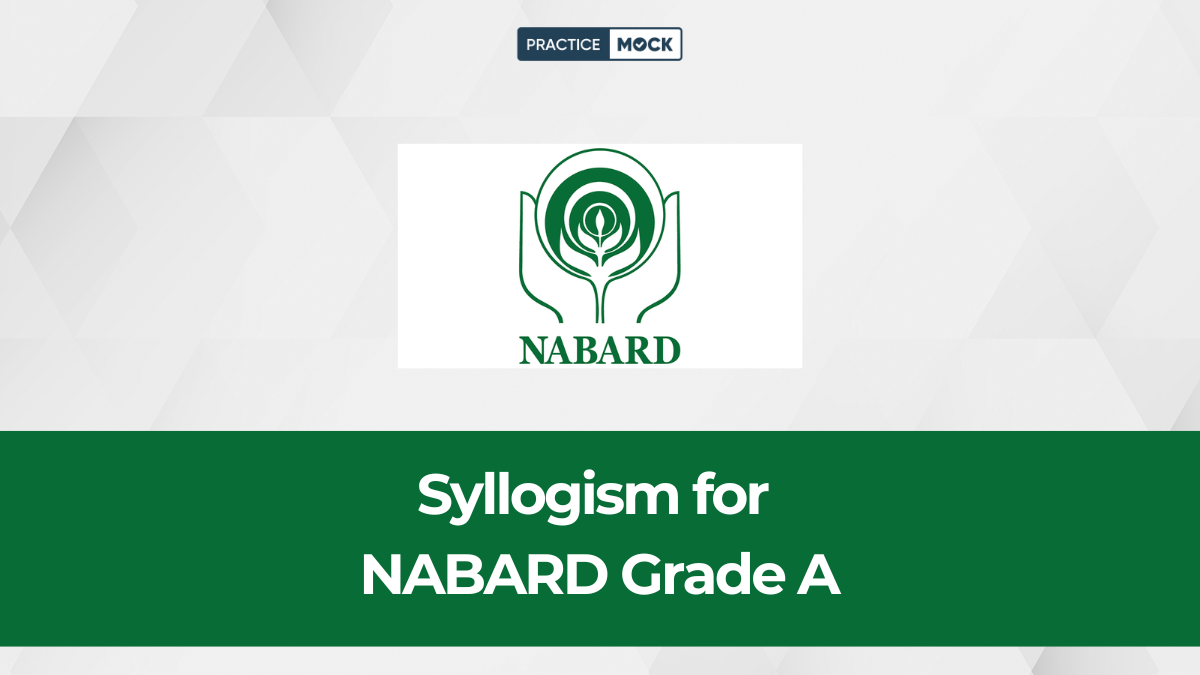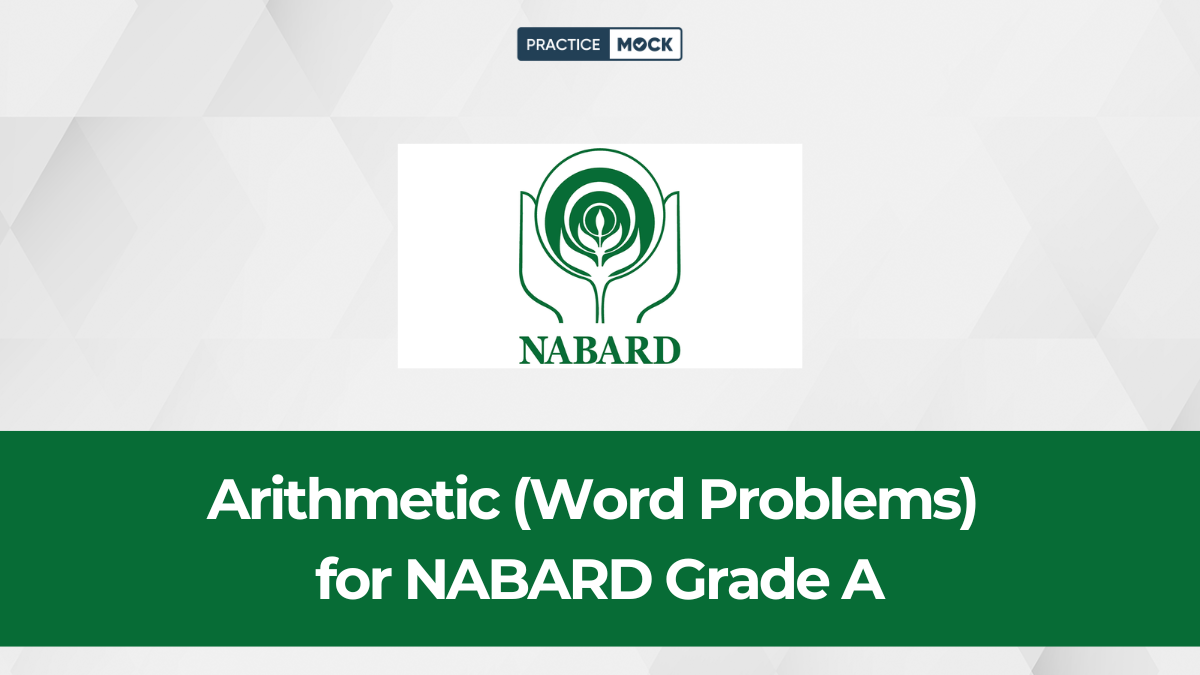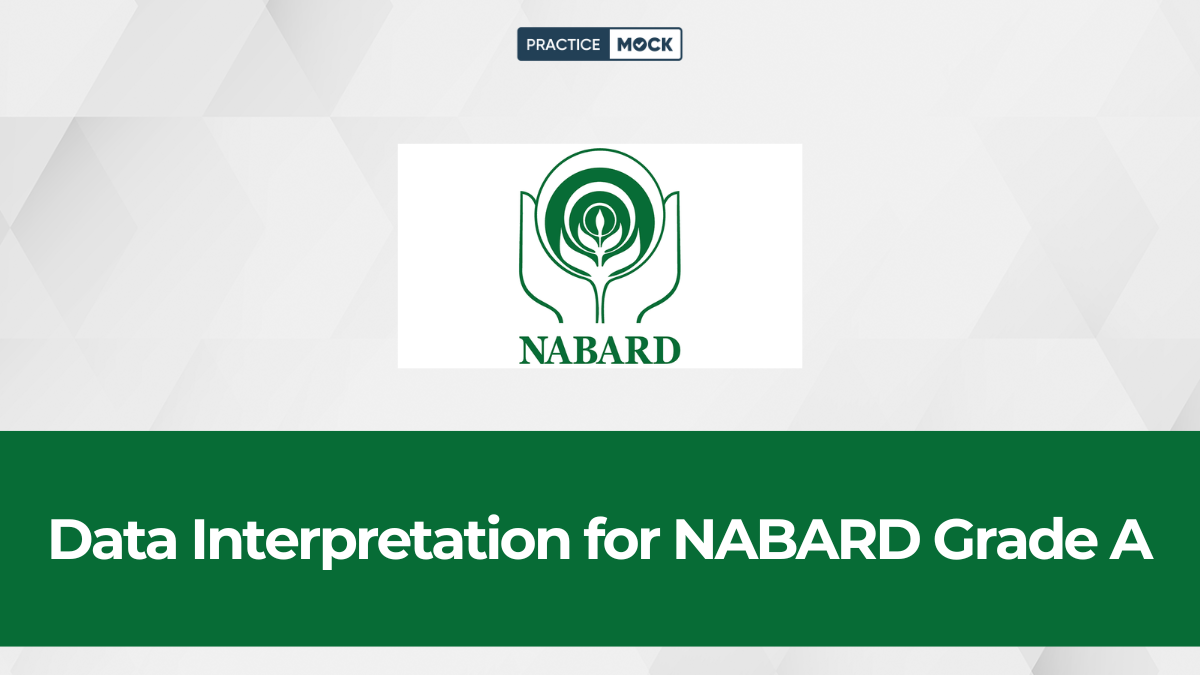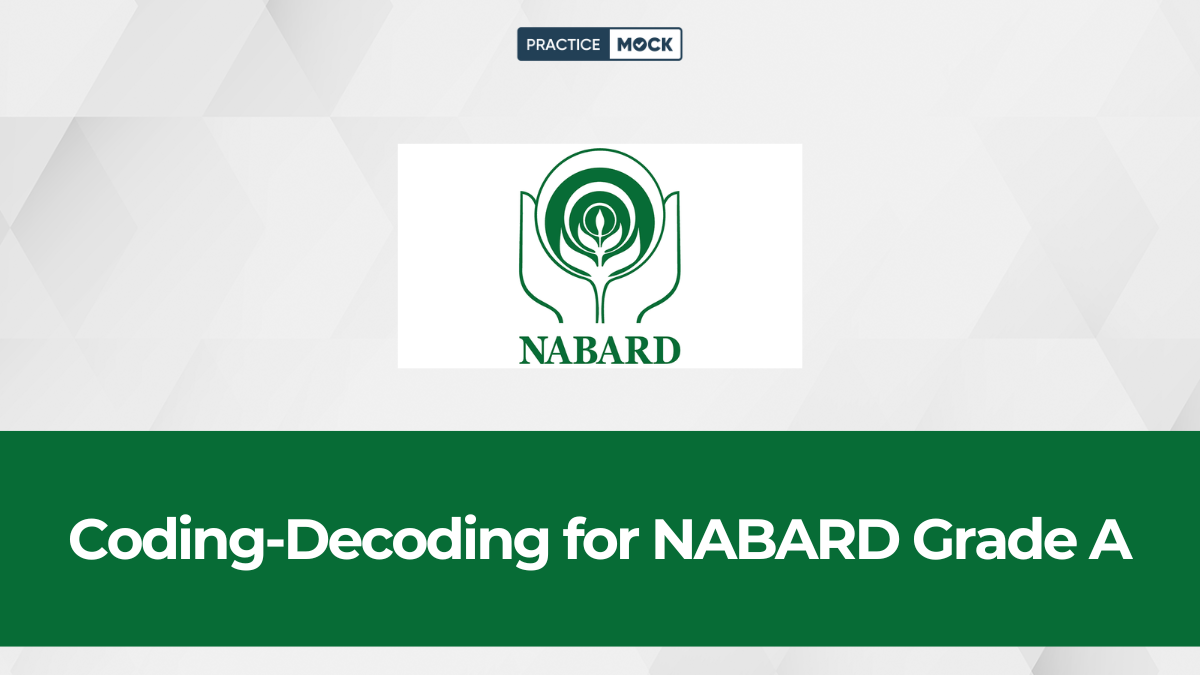Syllogism for NABARD Grade A


Most of the students often consider syllogism as one of those reasoning topics that feels like a mini logic game. In syllogism, you’re given a couple of statements, and based on those statements, you need to draw a conclusion. Even though it sounds easy, there’s a twist. The language is simple, but the logic is mostly tricky. With the right approach and a little concentration, it’s a high-scoring area. And honestly, once you get the hang of it, it’s kind of interesting too, as it’s completely logical with a basic understanding. In this article we will be discussing the importance of syllogism for NABARD Grade A and how an aspirant can prepare for it smartly.
Syllogism for NABARD Grade A
We can consider syllogism as that topic of the NABARD Grade A that blends logic, simplicity, and scoring potential. Syllogism gives you a golden chance to increase your marks. It is not just about cramming some rule. Syllogism is all about understanding and your critical thinking. It’s about understanding the relationship between statements and being able to think logically under pressure.
Understanding the Basics of Syllogism
Let’s start with understanding the basics of syllogism. So syllogism is all about logical deduction. In this, you’re given a few statements with some possible conclusions. Your task is to understand the given statements, build a relation between them, and then conclude the most logical solution. There are some common terms used in syllogism, like “all, some, no, and some not,” and mark the fact that each has a different meaning. You also get to deal with Venn diagrams (your best friends in syllogisms). And yes, you’ll need to watch out for possibility-based questions too. They often twist the logic.
Types of Syllogism Questions in NABARD Exam
| Type | What to Expect |
|---|---|
| Basic 2-statement syllogisms | Direct conclusion-based, usually simple |
| 3-statement syllogisms | Slightly more complex, requires careful linking |
| Possibility questions | Based on “Can be true?” rather than “Must be” |
| Only / Only a few-based | Often confuses students, needs extra practice |
| Caselet-based | Paragraph format, but same concept |
You might also be interested in NABARD Grade A Cut Off 2025
How to Solve Syllogism Questions Quickly
You can solve a syllogism question without a smart approach, but you will end up wasting more time and might get the answer wrong too. So it’s suggested to follow a logical approach like drawing a Venn diagram—this visual method saves time and avoids confusion. Then try to understand the keywords like “some, no, and all”—they change everything. Practice possibility-based questions as much as possible. They can trick even experienced students. Sometimes you don’t actually need to solve it completely; just knowing what’s not possible is enough. So you need to eliminate options smartly. And last but not least, never assume anything outside of what’s given. Remember, if it’s not in the statement, it’s not the answer.
Keeping these points in mind while solving syllogisms will definitely help you save time and can get you to the correct solution easily.
Why Syllogism is Important for NABARD Grade A
Syllogism is not just an exam topic; it’s a logical thinking booster. In the NABARD Grade A exam, it usually shows up in the Reasoning section and can fetch you 4–5 marks in one go. That’s a lot. Plus, it strengthens your overall aptitude mindset. Syllogism isn’t just another reasoning topic. It plays a key role in the NABARD Grade A exam’s reasoning section.
From an exam strategy point of view, syllogism helps you:
- Strengthen your analytical thinking.
- Improve your decision-making under time pressure.
- And develop a sharp eye for eliminating wrong choices quickly.
So, if you’re serious about acing this exam, make sure you give syllogism regular practice space in your prep schedule.
Conclusion
Syllogism may seem confusing at first, but trust me, it becomes a comfort topic with a little effort. It doesn’t demand memory or mugging up. It’s pure logic and consistency. Practice it daily, test your concepts using mock tests, and try solving without a pen sometimes to boost your speed. With time, you’ll begin to see patterns and predict answers faster.
Join our unique Telegram group immediately to skyrocket your preparation for Regulatory exams via expert guidance, top tips, perfect feedback, and much more!
[ Click Here to join the PracticeMock Telegram Group! ]
| Related Blogs: | |
| NABARD Grade A Syllabus | NABARD Grade A Cut Off |
| NABARD Grade A Salary | NABARD Grade A Preparation Strategy |
| NABARD Grade A Documents Required | NABARD Grade A Handwritten Declaration |
FAQs
Syllogism is a type of logical reasoning where you are given statements and asked to identify which conclusions logically follow.
Not necessary, but they help in visualizing the logic and avoiding silly mistakes, especially in complex cases.
Usually 4–5 questions appear in the reasoning section from this topic.
Statement and conclusion-based, possibility cases, and either-or type conclusions are common.
Practice regularly, revise rules, and use Venn diagrams to cross-check your answers quickly.
Recent Posts
100 + DI Repeated Questions for RRB PO 2025, Check How to Solve It Easily?
In this article we are providing the 100 + DI Repeated Questions for RRB PO…
RRB NTPC Salary 2025: In-Hand, Job Profile, Career Growth
RRB NTPC Salary 2025 details provided in this blog. Candidates can check the In-Hand salary,…
All One Word Substitutions Asked In SSC CGL PDF, Download for Free
In this blog, we have provided All One Word Substitutions Asked In SSC CGL Exams…
Expected Puzzle Questions for RRB PO 2025, Check Tips to Solve Them Easily
In this article we are providing the Expected Puzzle Questions for RRB PO 2025. Candidates…
IDBI JAM 2025 Preparation Resources, Attempt Topic Wise Tests & Mock Tests
In this article we are providing the IDBI JAM 2025 Free preparation resources, Candidates can…
IBPS PO 2025 Notification in August, PO Exam Date Out, Check All Detailes
The IBPS PO 2025 Notification is expected to be released in August 2025. The Probationary…



